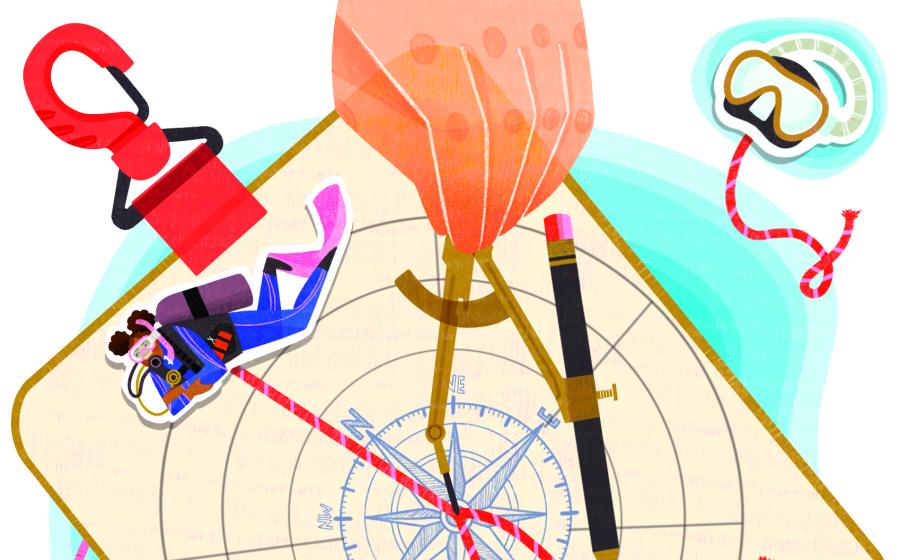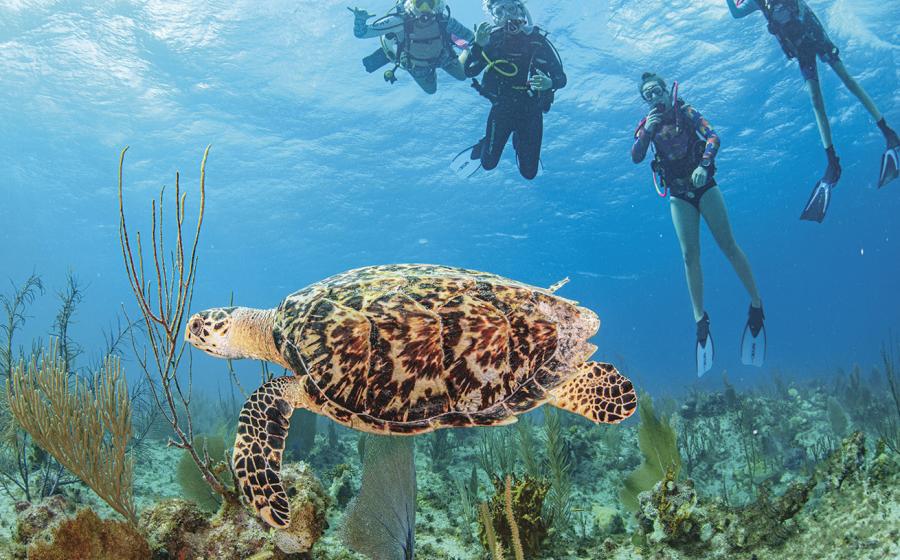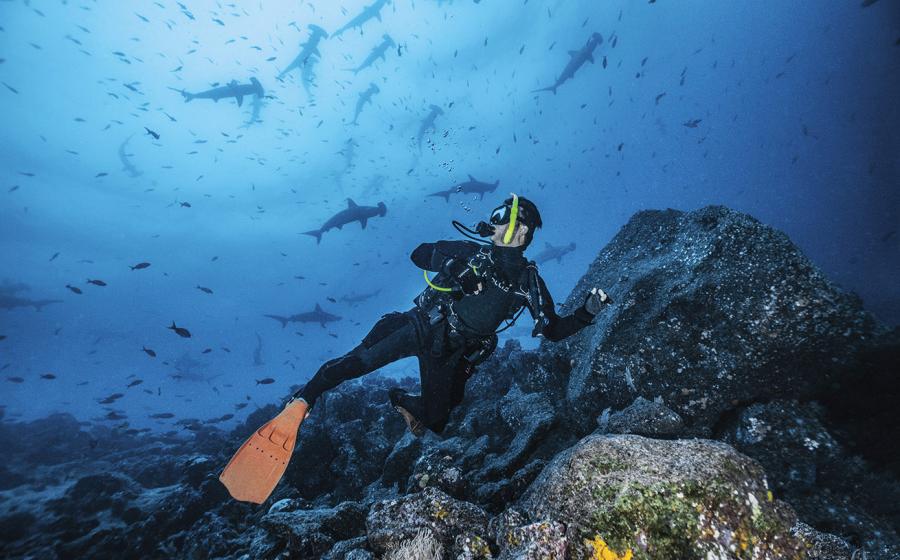Underwater Photography Spotlight: Jeff de Guzman, Philippines
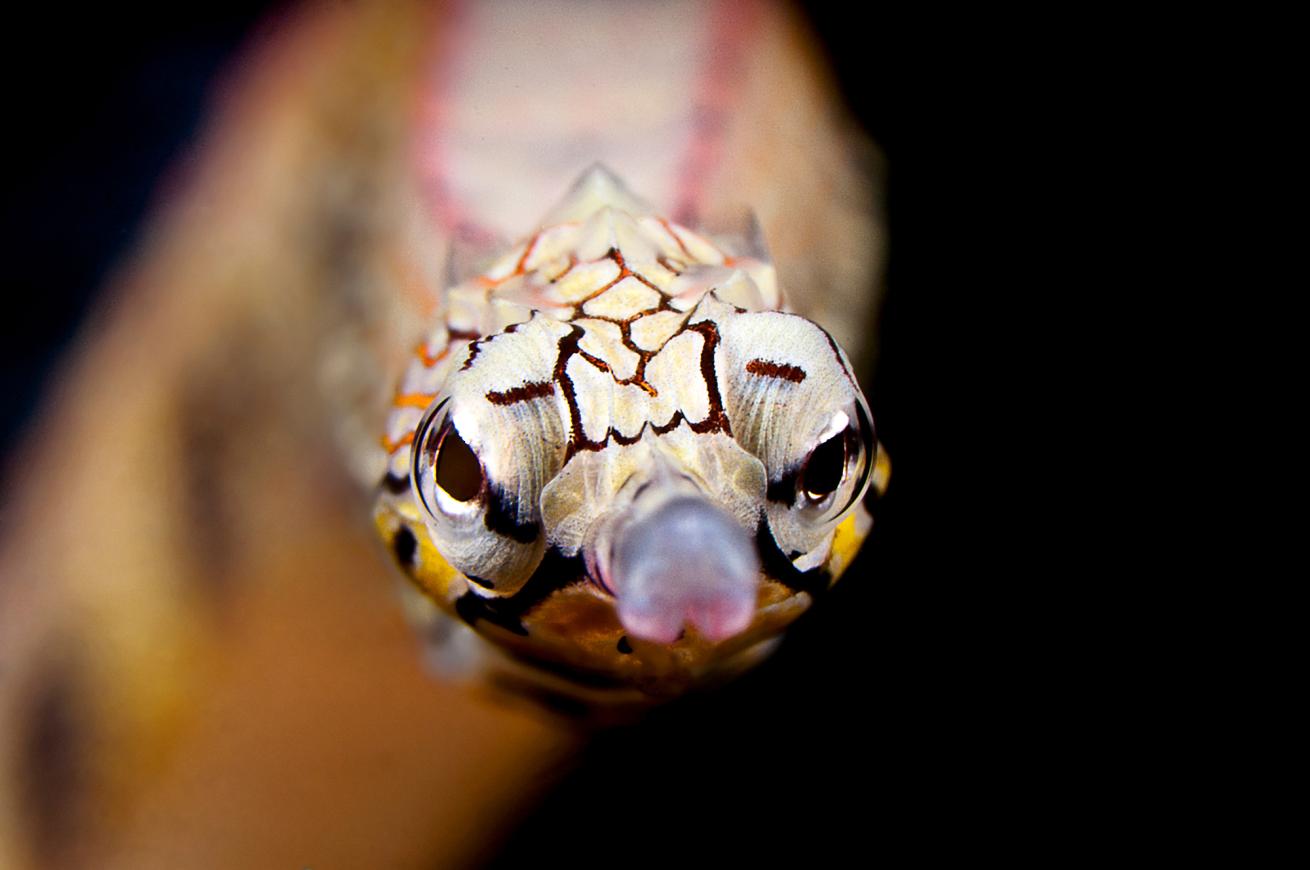
Jeffrey de GuzmanBanded Messmate Pipefish (Corythoichthys sp.), Anilao Batangas, Philippines. Pipefish generally swim very closely to the sea floor making it nearly impossible to get a black background, so you need to get really low and shoot upwards. A 45 degree viewfinder is essential. Using a combination of high shutter speed (1/320) and low aperture (f/32), you can get this beautiful pin sharp image with black background. To take this kind of shot you’ll need a 105mm or 100mm macro lens with a Reefnet +10 Subsee Magnifier. test
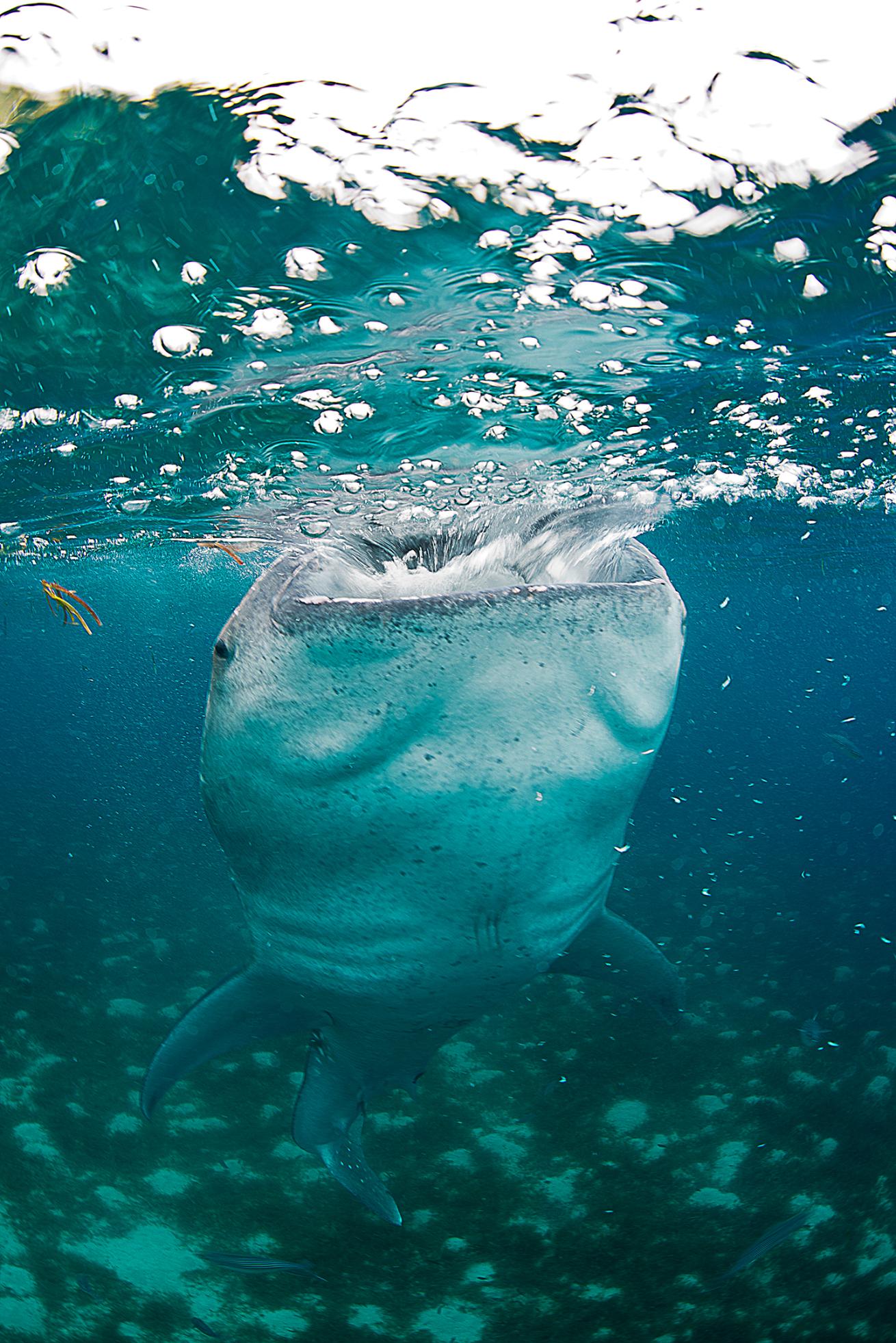
Jeffrey de Guzman
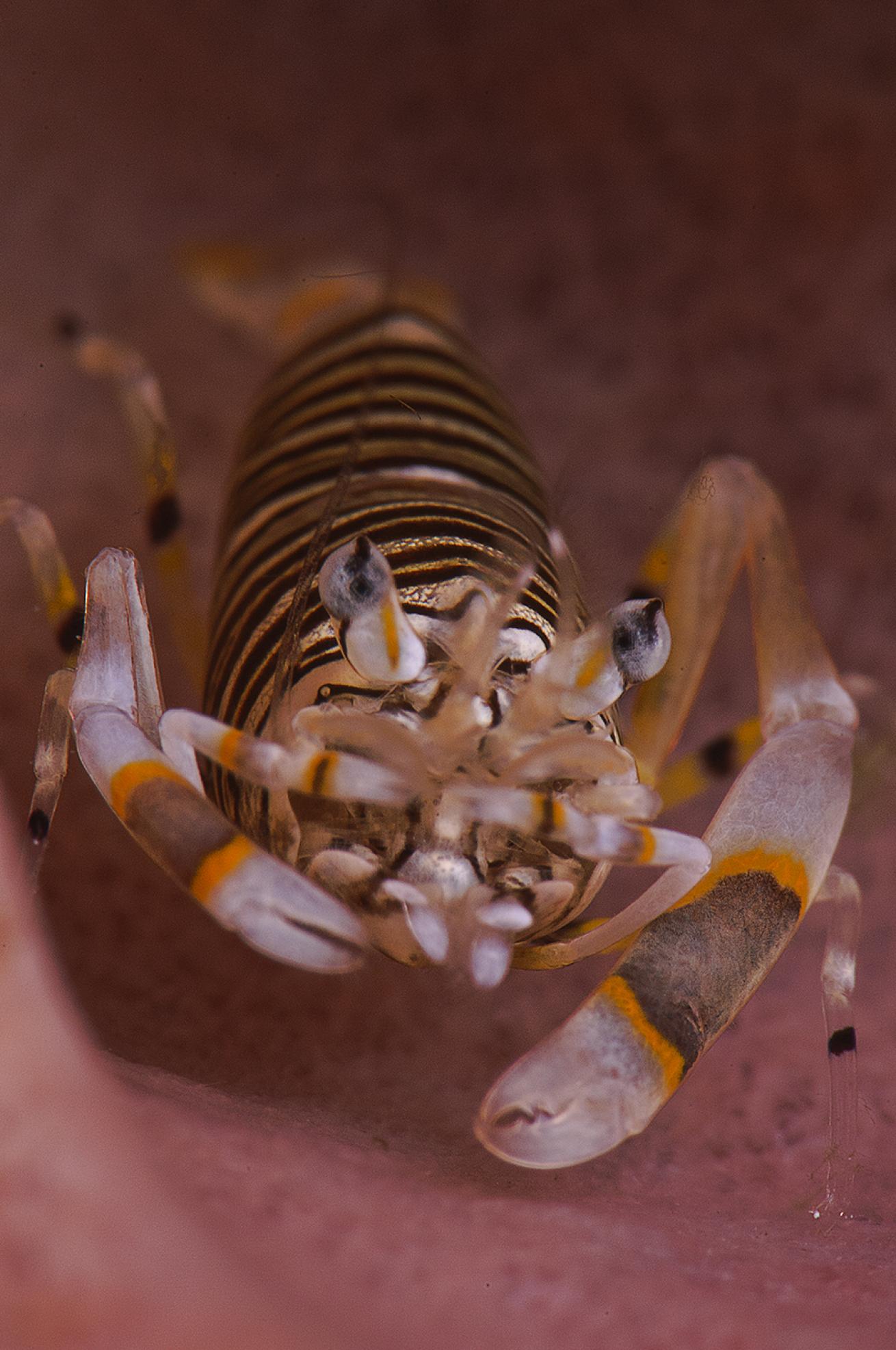
Jeffrey de Guzman

Jeffrey de Guzman
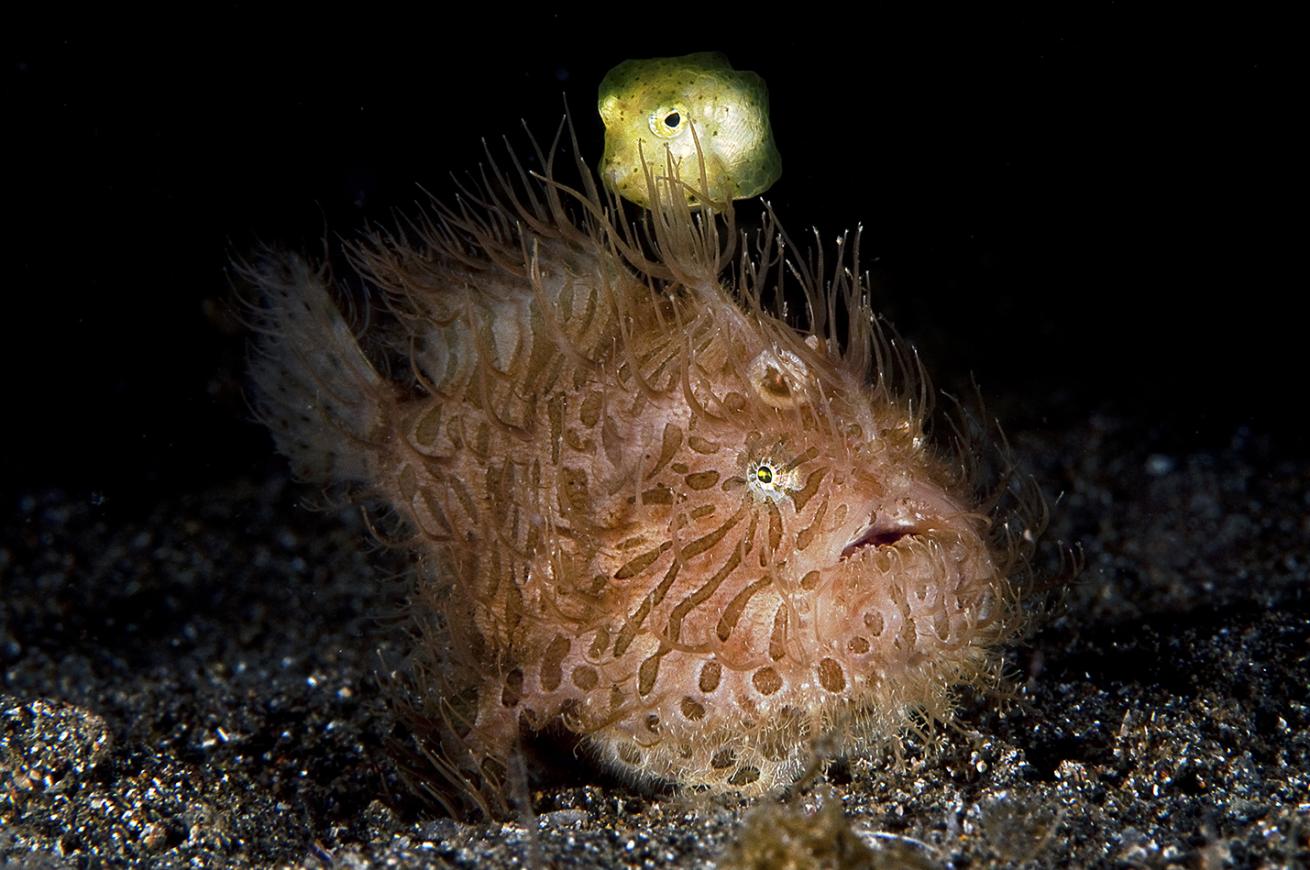
Jeffrey de Guzman

Jeffrey de Guzman

Jeffrey de Guzman
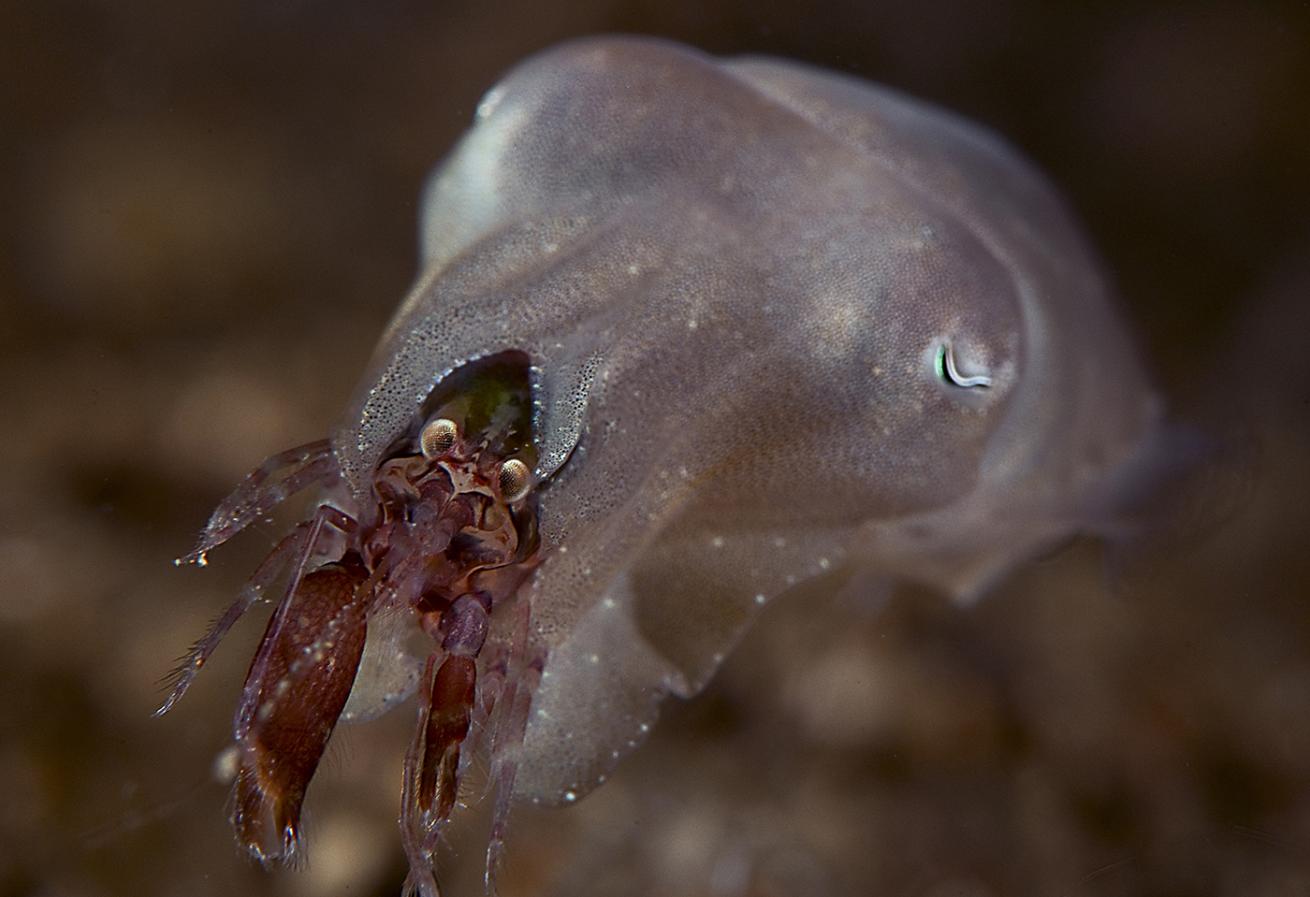
Jeffrey de Guzman
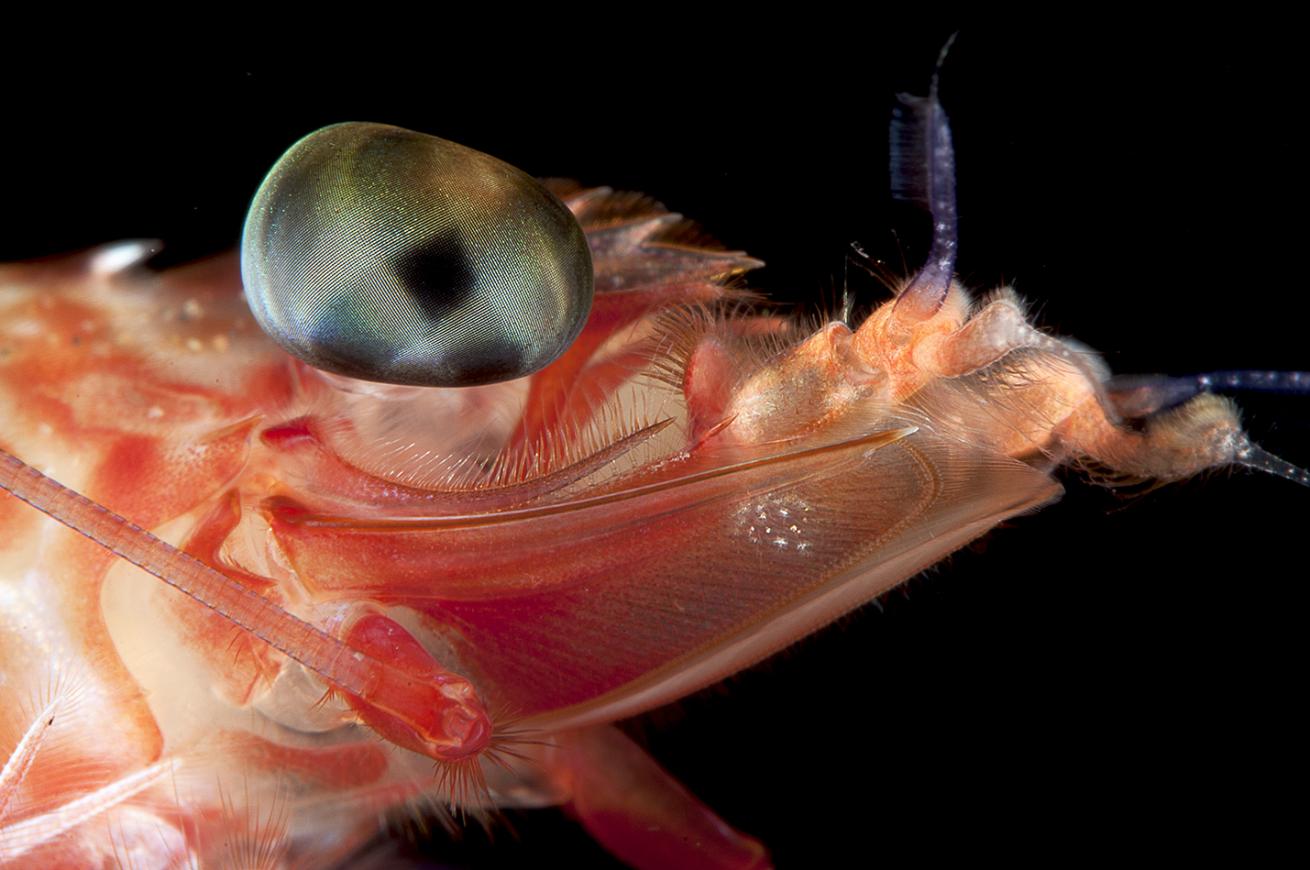
Jeffrey de Guzman
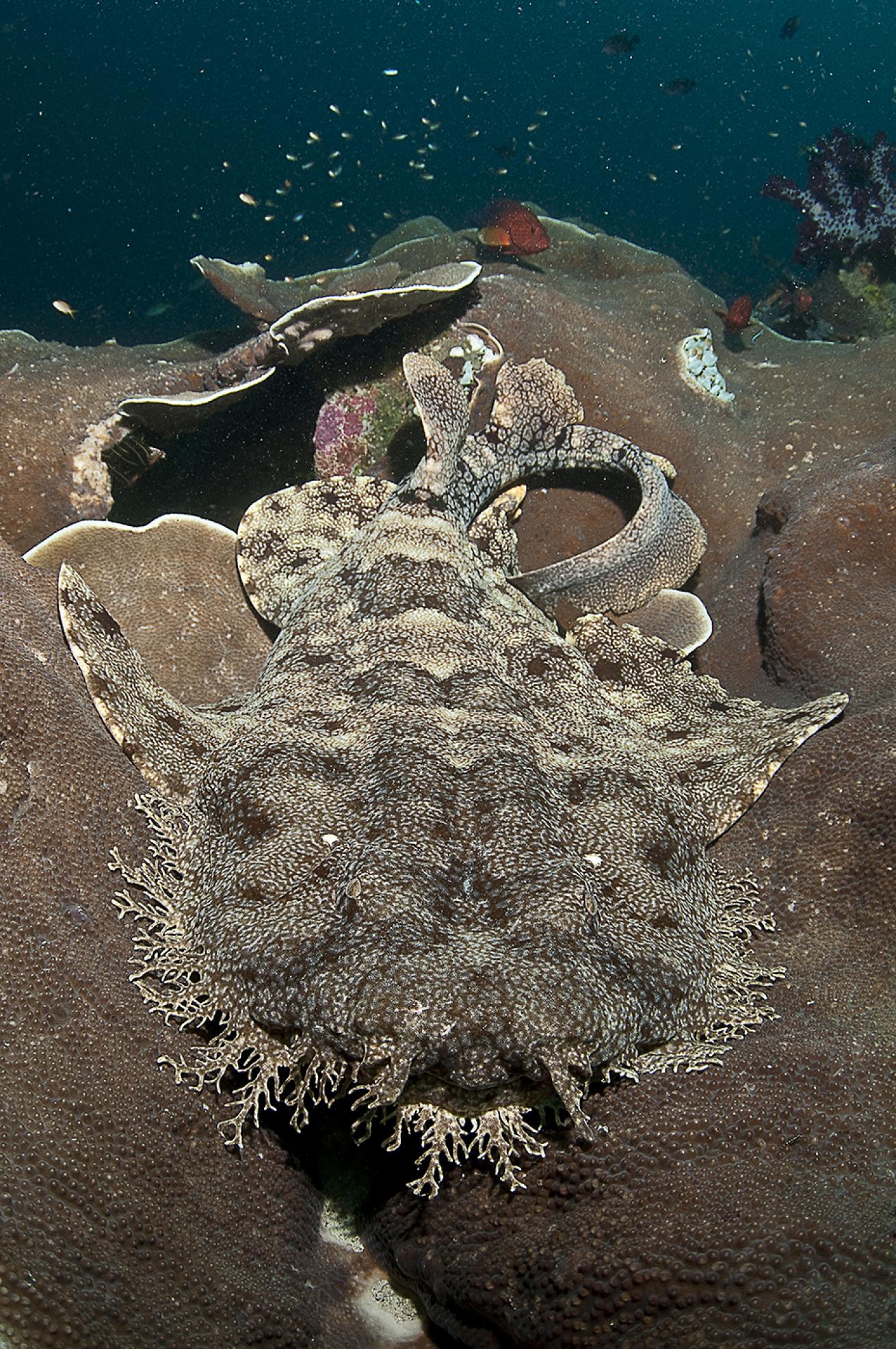
Jeffrey de Guzman
Based in the Philippines, photographer Jeff de Guzman’s day job is an executive in the heavy-equipment industry. He took up scuba diving in 1986, but only began underwater photography in May 2006. Since then he’s accumulated a number of international awards and had images published countless magazines and marine-life ID books. Jeff’s greatest dream as an underwater photographer was realized when he was published in the 2011 December issue of National Geographic, but this creative and talented photographer isn’t stopping there.
Sport Diver: Do you prefer macro or wide-angle?
Jeff de Guzman: I prefer both as each has its unique challenges and rewards. Admittedly my portfolio is comprised of 99% macro or super-macro photography — this is due to the fact that my favourite dive site in Anilao has more macro than wide-angle. Given the opportunity I’d like to shoot more wide-angle in the future.
How would you describe your style?
I like to capture images of rare creatures that most people have never seen before. In addition, I don’t crop my images especially for super-macro photography; I think it is sacrilegious to do so.
You were one of the first photographers in Asia Pacific to use a snoot in macro photography. What was the appeal?
My good friend Keri Wilk nearly swept all the awards in 2010’s Our World Underwater with his snooted photos. It opened my eyes to the potential of what snoot photography could achieve. The greatest advantage of using a snoot is first creating that rich black background, isolating the subject and highlighting the colours and patterns of the subject; and second eliminating backscatter even if you are diving in horrible viz.
You’re a native Filipino — what’s your favourite destination in this vast country full of amazing diving?
My favourite site is Anilao in Batangas, a 2.5-hour drive from the capital of the Philippines, Manila. For years I have invited friends from all over the world to come visit and dive with me. Many were apprehensive because they’d never heard of Anilao before. I told them if they don’t leave with a huge smile on their faces I’d eat my wetsuit (5mm). Thankfully, my diet is still neoprene free.
**
What’s your next dive destination?**
Most likely it will be Anilao because it’s so accessible.






